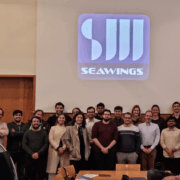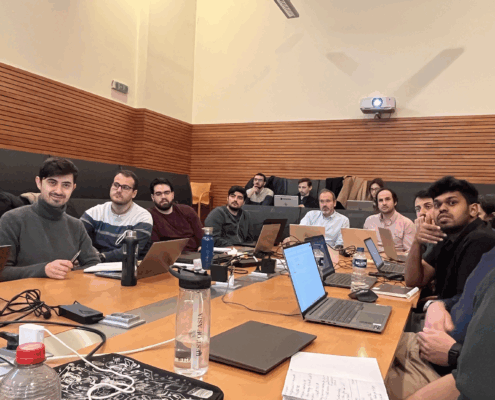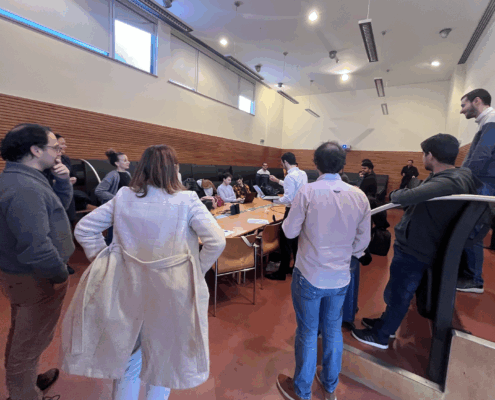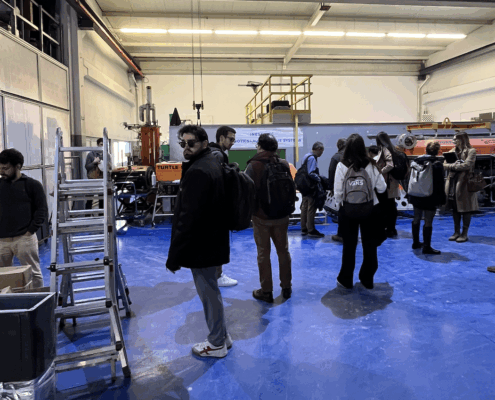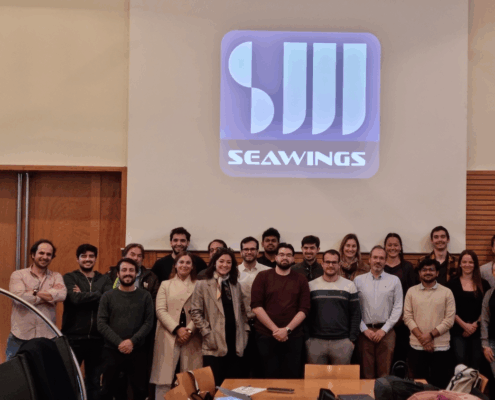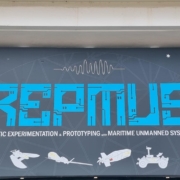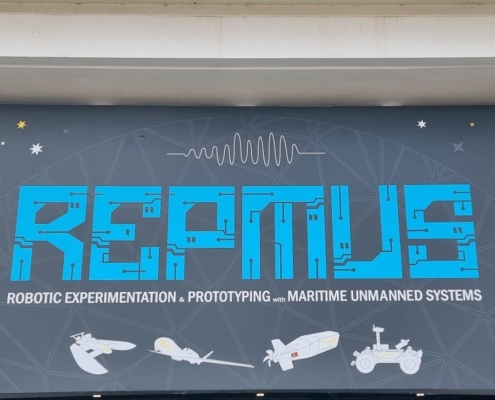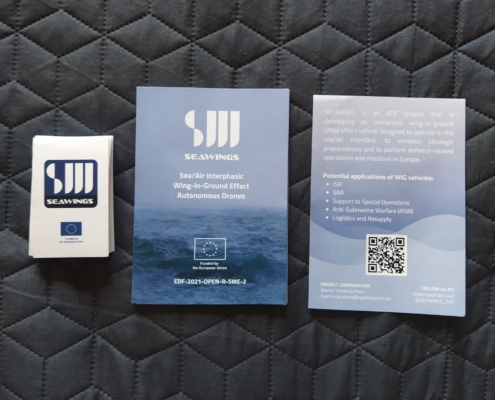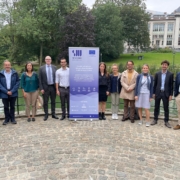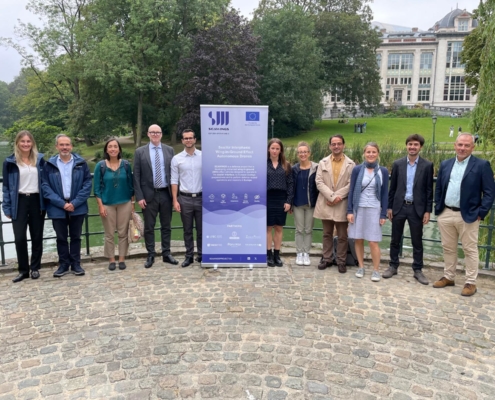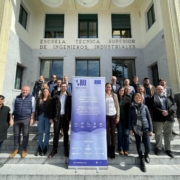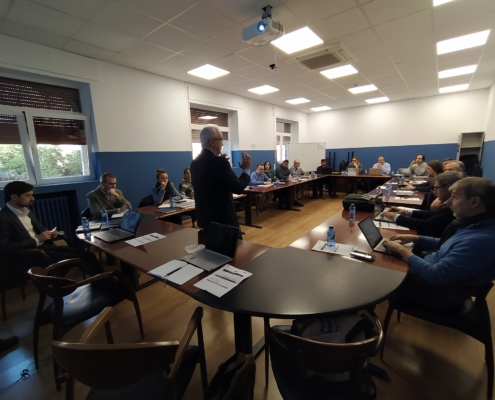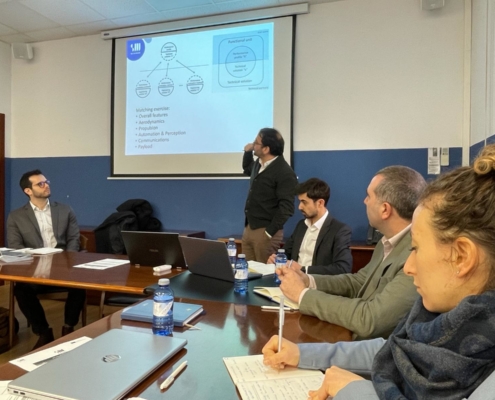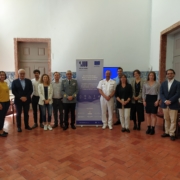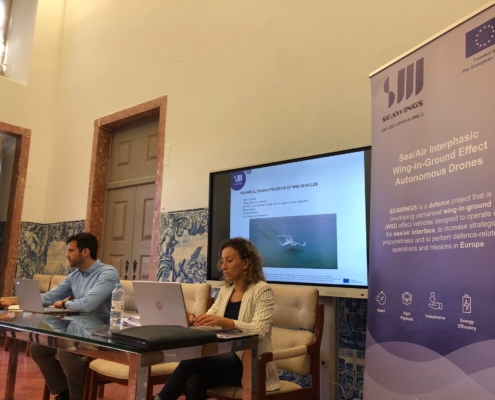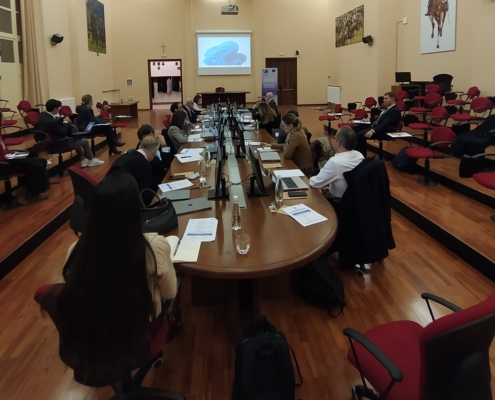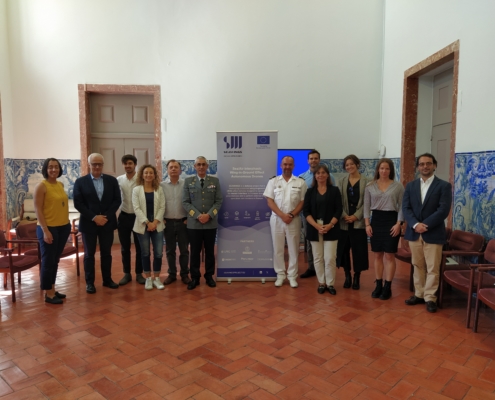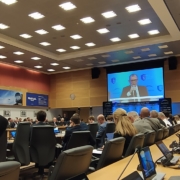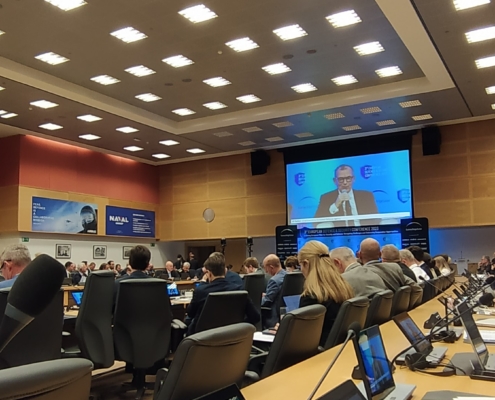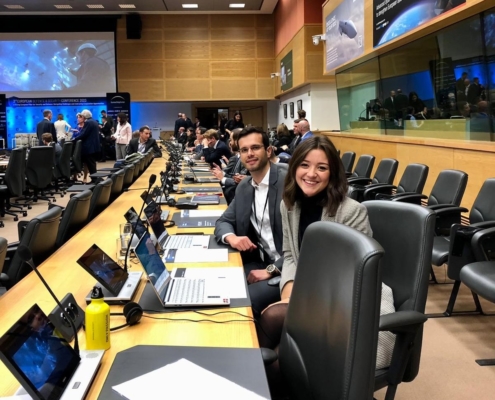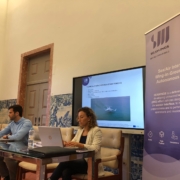SEAWINGS Progress meeting in Porto, Portugal (March 2025)
The SEAWINGS project held a productive progress meeting on March 26–27 at the ISEP Hub of INESC TEC in Porto, Portugal. This gathering brought together all project partners to review ongoing work and plan future steps.
The first day focused on updates from each partner, highlighting progress and challenges across the various work packages. The session began with a review of overall project management and coordination, during which key updates were shared. Notably, the consortium bid farewell to some departing colleagues and welcomed new members into the team.
Following the management session, attention turned to the technical and time-sensitive work packages. These presentations fostered valuable exchanges of ideas, particularly regarding how different SEAWINGS vehicle components could be integrated to operate effectively as a whole.
The second day was dedicated to an ad-hoc technical session. This collaborative discussion provided a platform for partners to delve deeper into technical topics and share their perspectives on the future direction of SEAWINGS.

